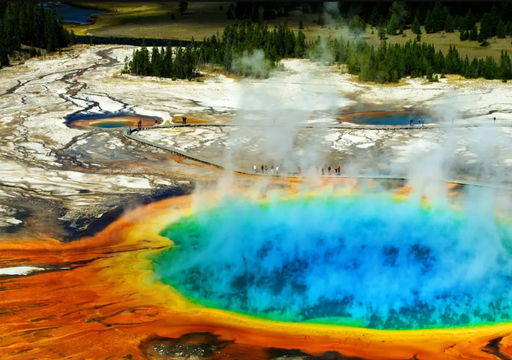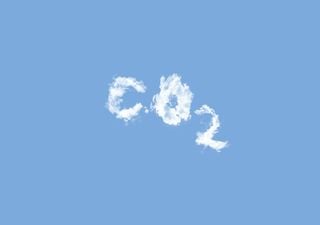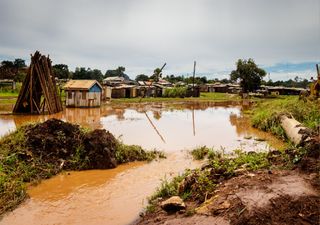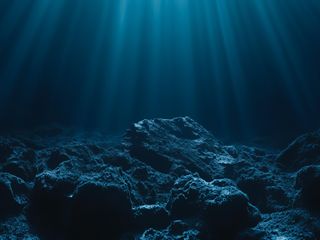Air pollution from greenhouse gases masks drying effect of aerosols
The effects of human-induced greenhouse gases has been masked by the drying effects of aerosols a new study finds.
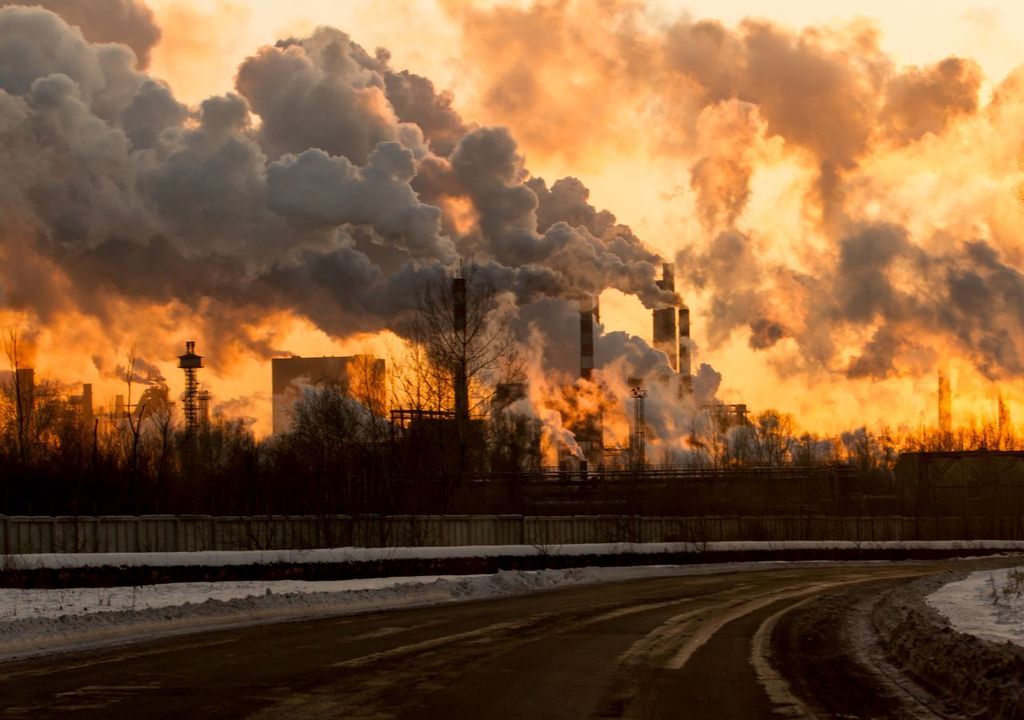
To protect the environment, emissions of harmful aerosols have been reduced but their long-term drying effect has masked the increase in rainfall caused by greenhouse gases. As aerosol emissions diminish, extreme rainfall may increase.
In a new study, researchers investigated how human-induced greenhouse gas and aerosol emissions, like sulphur dioxide produced by burning fossil fuels, influence rainfall in the United States.
Masking effect
Greenhouse gases like carbon dioxide should increase rainfall; their release heats the atmosphere, which makes the oceans warmer and causes more water to evaporate, whilst also increasing the amount of water vapour the atmosphere can hold, meaning more rainfall.
But for much of the 20th century, the data didn’t show an increase in precipitation. Until the 1970s, the expected increase in extreme rainfall was counterbalanced by the drying effect of aerosols, researchers from Lawrence Berkeley National Laboratory (Berkeley Lab) found.
“This is the first time that we can really understand what’s causing extreme rainfall to change within the continental U.S.,” says Mark Risser, research scientist at Berkeley Lab and one of the lead authors of the Nature Communications study.
The introduction of the Clean Air Act drastically reduced air pollution in the United States and “The aerosol masking was turned off quite suddenly. That means rainfall might ramp up much more quickly than we would have otherwise predicted,” Risser adds.
Gauging rainfall
Researchers used a new method, which relied heavily on measurements from rain gauges from 1900 to 2020, to determine how human activities influence rainfall in the United States. They isolated how greenhouse gas and aerosol emissions affect average and extreme rainfall.
“Prior to our study, the Intergovernmental Panel on Climate Change had concluded that the evidence was mixed and inconclusive for changes in U.S. precipitation due to global warming,” said Bill Collins, associate laboratory director for the Earth and Environmental Sciences Area at Berkeley Lab and co-lead author on the study. “We have now provided conclusive evidence for higher rainfall and also helped explain why past studies assessed by the IPCC reached conflicting conclusions.”

Researchers confirmed that the increase in rainfall was caused by an increase in greenhouse gas emissions, which disperse over the entire planet. However, the impact from aerosols is more subtle: in the long term, aerosols cool the planet and cause a drying effect but they also have a faster, more localised effect, which depends on the season – rainfall reduced in the winter and spring, and increased in the summer and fall.
“The seasonality piece is really important,” Risser said. “For rainfall, the nature of climate change depends on what season you’re talking about, since different kinds of weather systems create precipitation in different parts of the year.”
The United States has already experienced increases in extreme precipitation, with several record-setting storms in the past few years; tracking aerosols and better incorporating them into simulations will be important for improving predictions used for infrastructure design and water resource management, the researchers say.
“Thanks to improvements in air quality, the aerosols that shielded us from the worst effects of global warming are declining worldwide,” Collins said. “Our work shows that the increases in extreme precipitation driven by elevated ocean temperatures will become increasingly obvious during this decade.”
